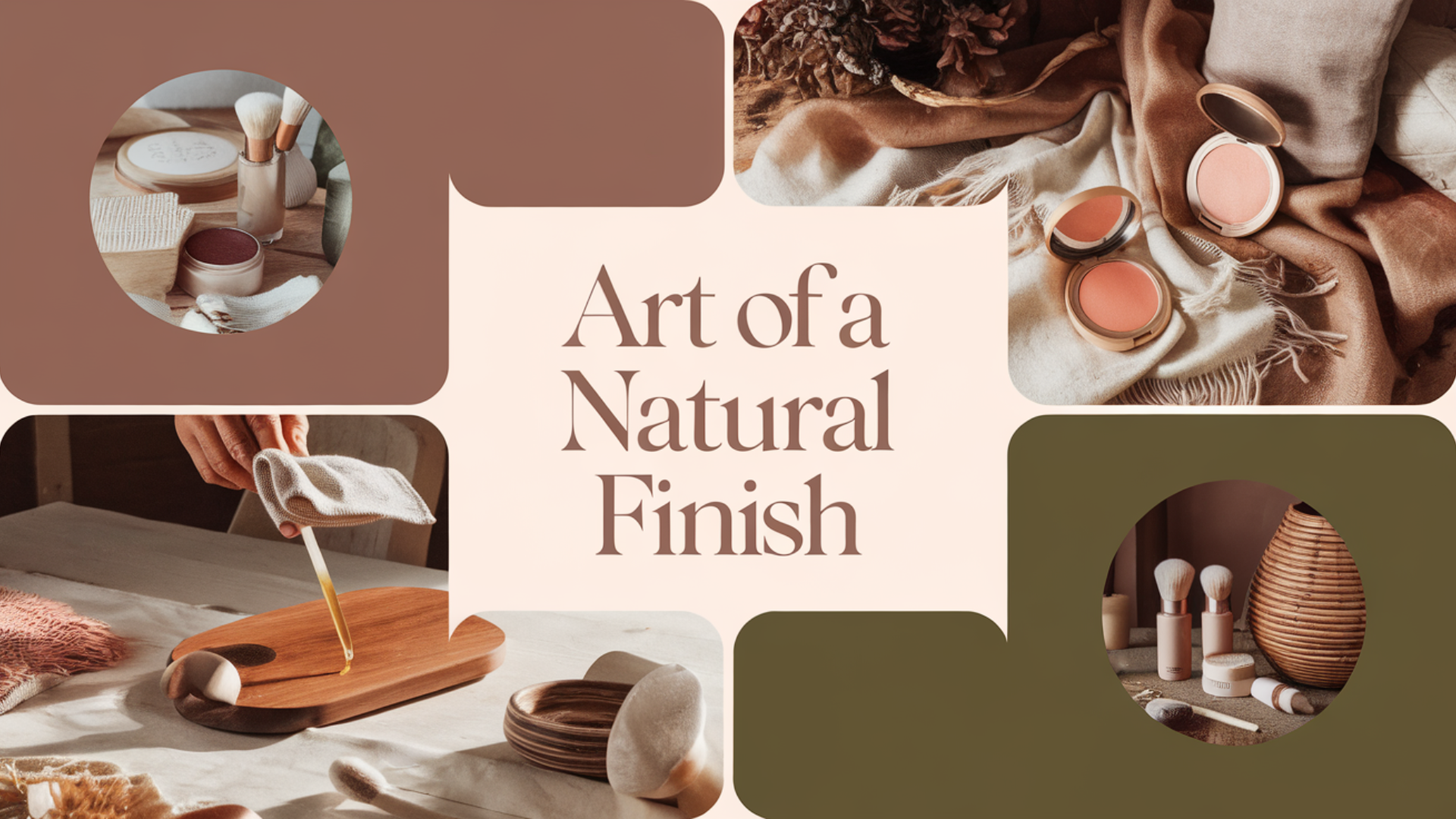A natural finish shows off the real beauty of materials. It doesn’t hide what makes them special. People really like natural finishes because they look real. They also never go out of style.
You can find natural finishes in many places. They’re used in woodworking, makeup, and home design. Anyone can create beautiful natural finishes. You just need to know the right techniques.
In this blog, I’ll show you easy ways to create natural finishes. You’ll learn helpful tips for your own projects.
What Is a Natural Finish?
A natural finish brings out the beauty that’s already there. It doesn’t cover things up with thick layers. It makes good things look even better.
This style works with materials, not against them. You don’t need to be an expert to create natural finishes. Just follow some basic steps.
Natural finishes make things look real. They help show off what makes each material special. A natural finish lets you see and feel the true texture.
It enhances colors without making them look fake. The goal is to make things look their best naturally.
Applications of A Natural Finish
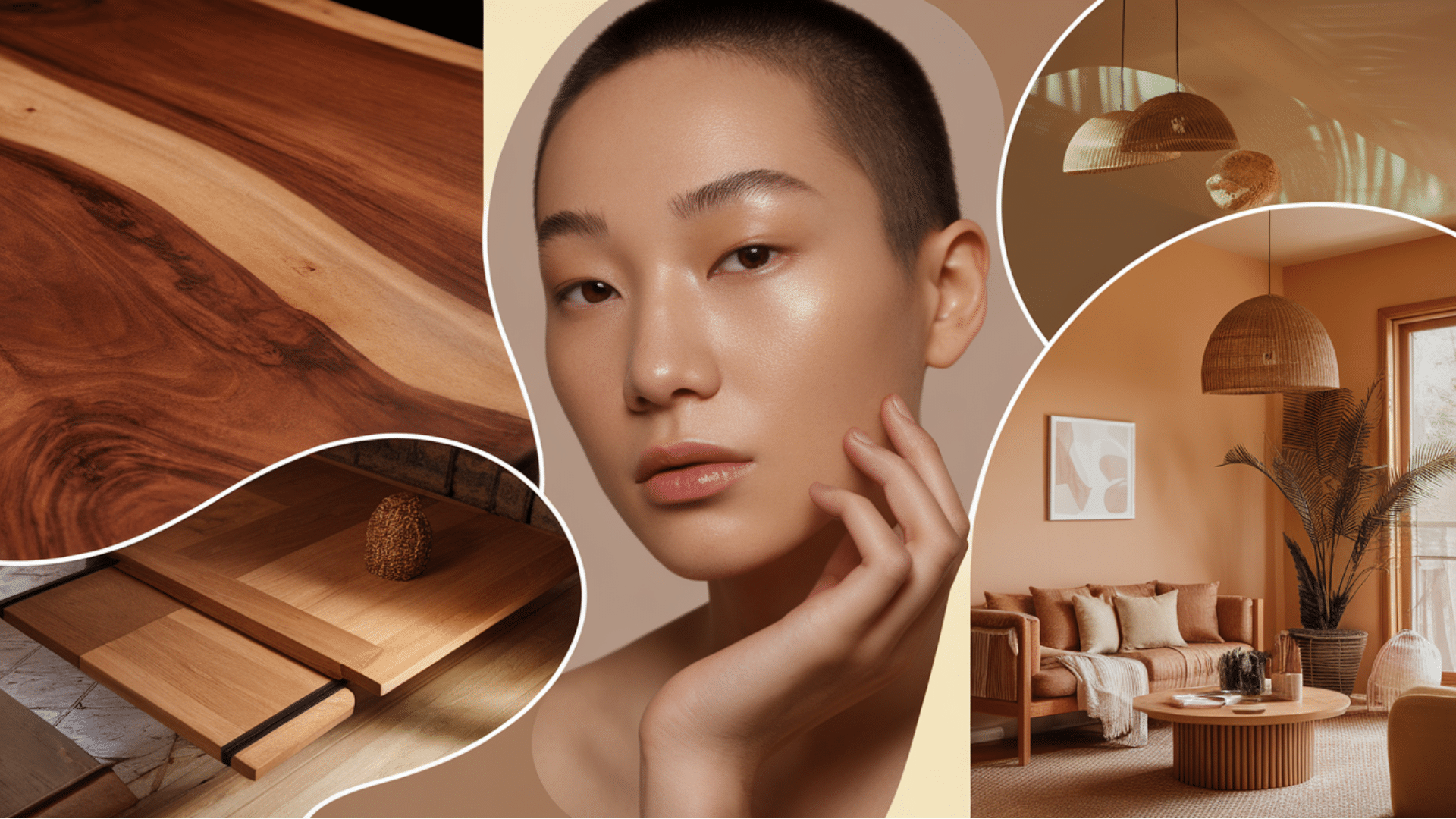
Natural finishes work great in many different areas. In woodworking, they show off cool grain patterns. They let you see and feel the wood’s texture.
In makeup, they make skin look fresh and healthy. The best natural makeup doesn’t look like makeup at all.
In homes, natural finishes create calm spaces. They help connect your home to nature. These touches might be small. But they make a big difference in how things look.
Natural finishes work in clothing too. They make fabrics feel soft and look rich. Artists use natural finishes on paintings. Chefs even use them to present food beautifully.
Benefits of A Natural Finish
Natural finishes show the real beauty of materials. They highlight special patterns and textures. Many natural finish products are better for the earth.
They have fewer harmful chemicals. Natural finishes never become outdated. They create a timeless look.
They work well even when other styles change. Natural finishes are beautiful and practical. They’re a smart choice for many projects.
They often cost less in the long run. They don’t need to be replaced as often. Natural finishes can be easier to touch up.
You don’t need to redo the whole thing. Many people find natural finishes more comfortable to live with.
Essential Tools and Materials for A Natural Finish
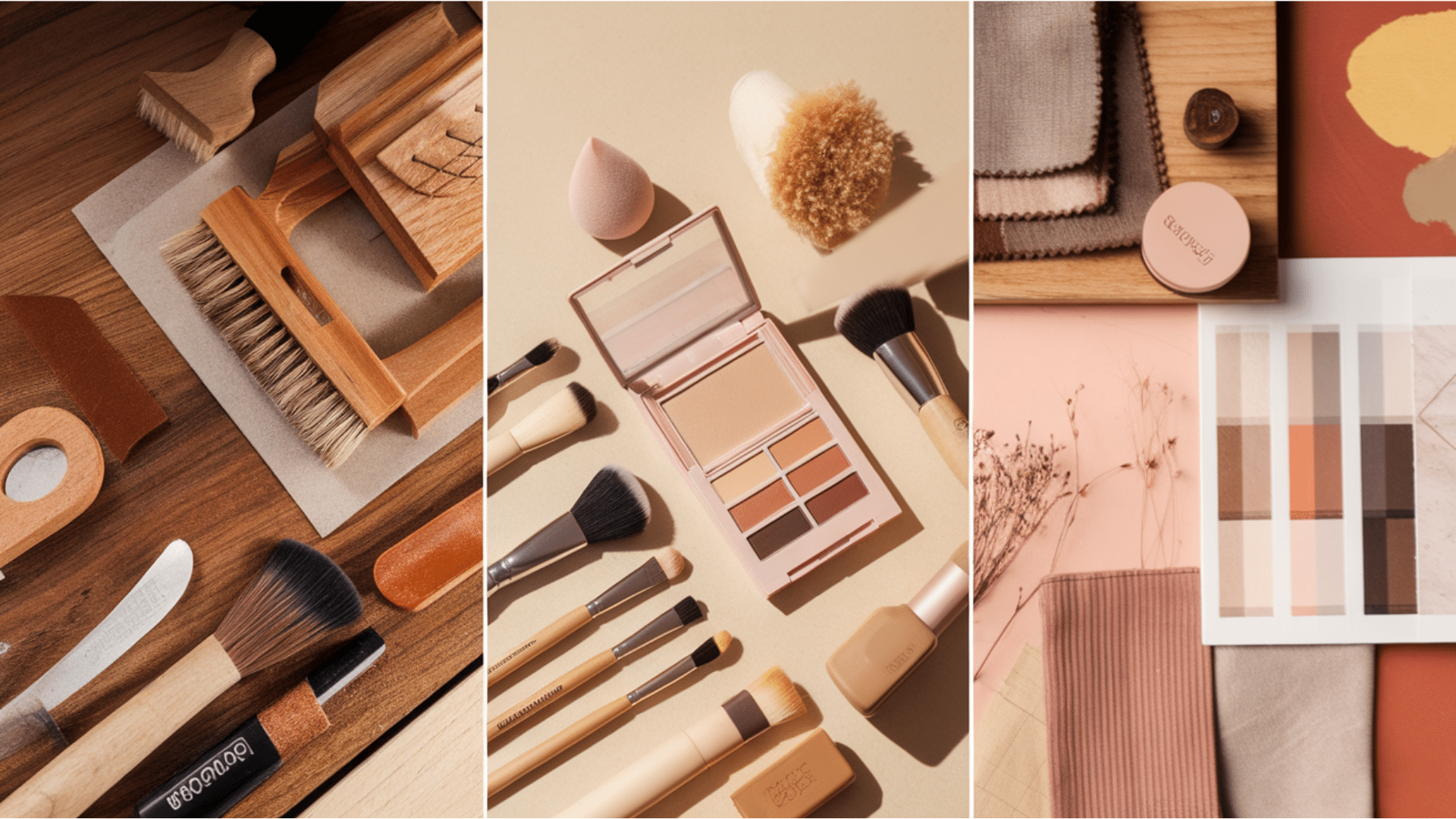
You need the right tools for natural finishes. For wood, get good sandpaper and natural oils. For makeup, find soft brushes and light foundations. For home design, look for natural fabrics and materials.
Choose tools made for natural finish work. They should be good quality. Even beginners can get great results. You just need a few basic, good tools to start.
For woodworking, try different grains of sandpaper. Start with rough and move to smooth. Get some soft cloths for applying oils. You’ll need small containers to hold your finishes. A good brush helps apply finish to hard-to-reach spots.
For makeup, get a beauty sponge that can be dampened. Find brushes with soft bristles. Look for products labeled “sheer” or “natural finish.” A good setting spray helps your look last longer.
Techniques to Achieve a Natural Finish
If you want your project to feel warm, real, and handmade, getting the finish just right is key. A natural look brings out the beauty of the wood without hiding it.
Below are a few simple techniques that highlight the grain, color, and texture—without making the surface feel overly glossy or artificial.
Woodworking
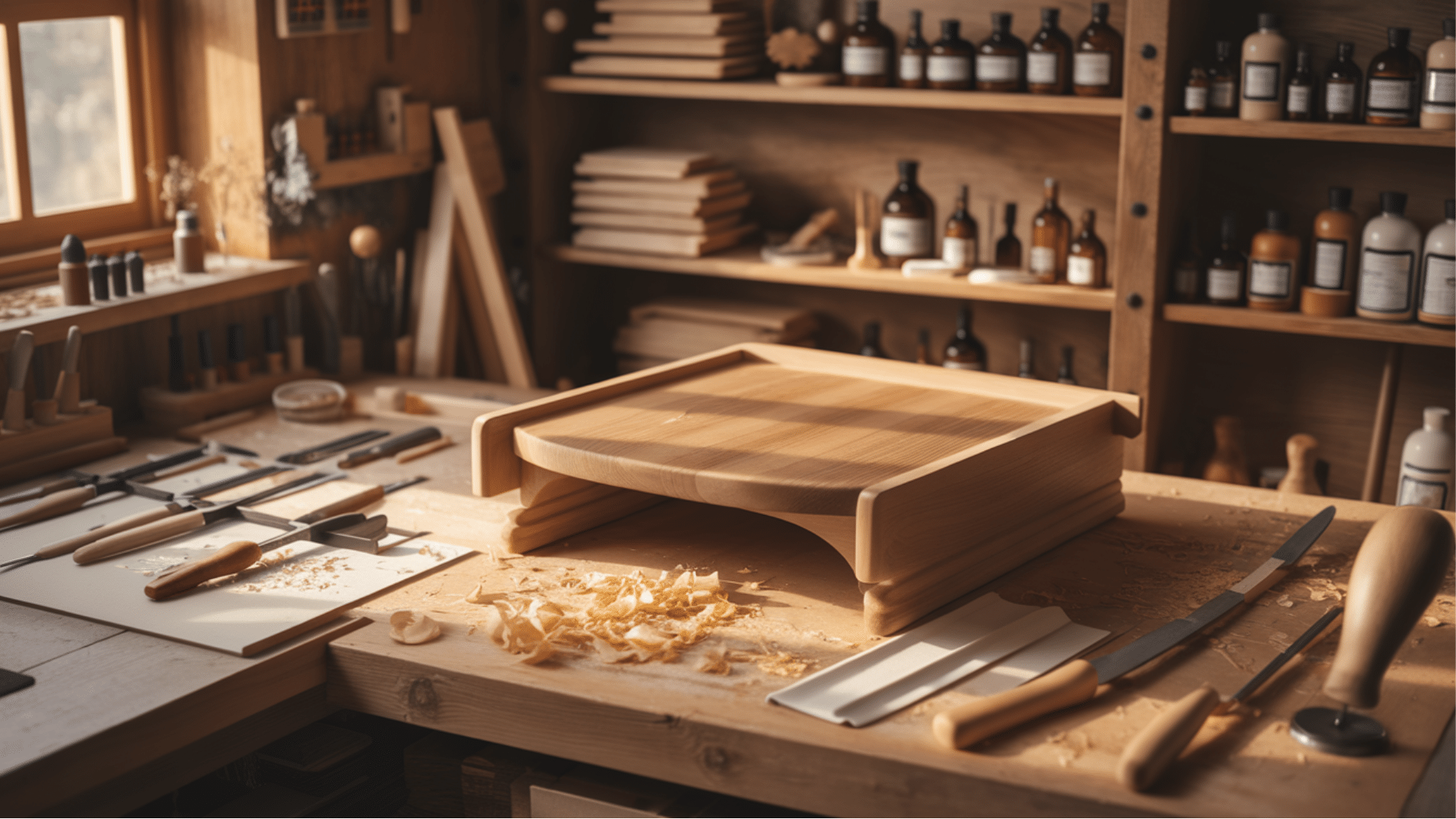
Pick the right wood for your project. Different woods have different looks. Oak doesn’t look like maple. Cherry doesn’t look like pine.
Use natural oils like linseed or tung oil. These oils protect wood. They also make the wood’s natural beauty stand out.
Sand your wood between coats of finish. This makes the surface super smooth. A well-finished piece of wood feels amazing to touch.
Start with coarse sandpaper. Then move to finer grits. Apply oil in thin coats. Let each coat dry fully.
Wipe off extra oil with a clean cloth. This prevents sticky surfaces. Some woods need different finishes. Do a test on a scrap piece first.
Makeup
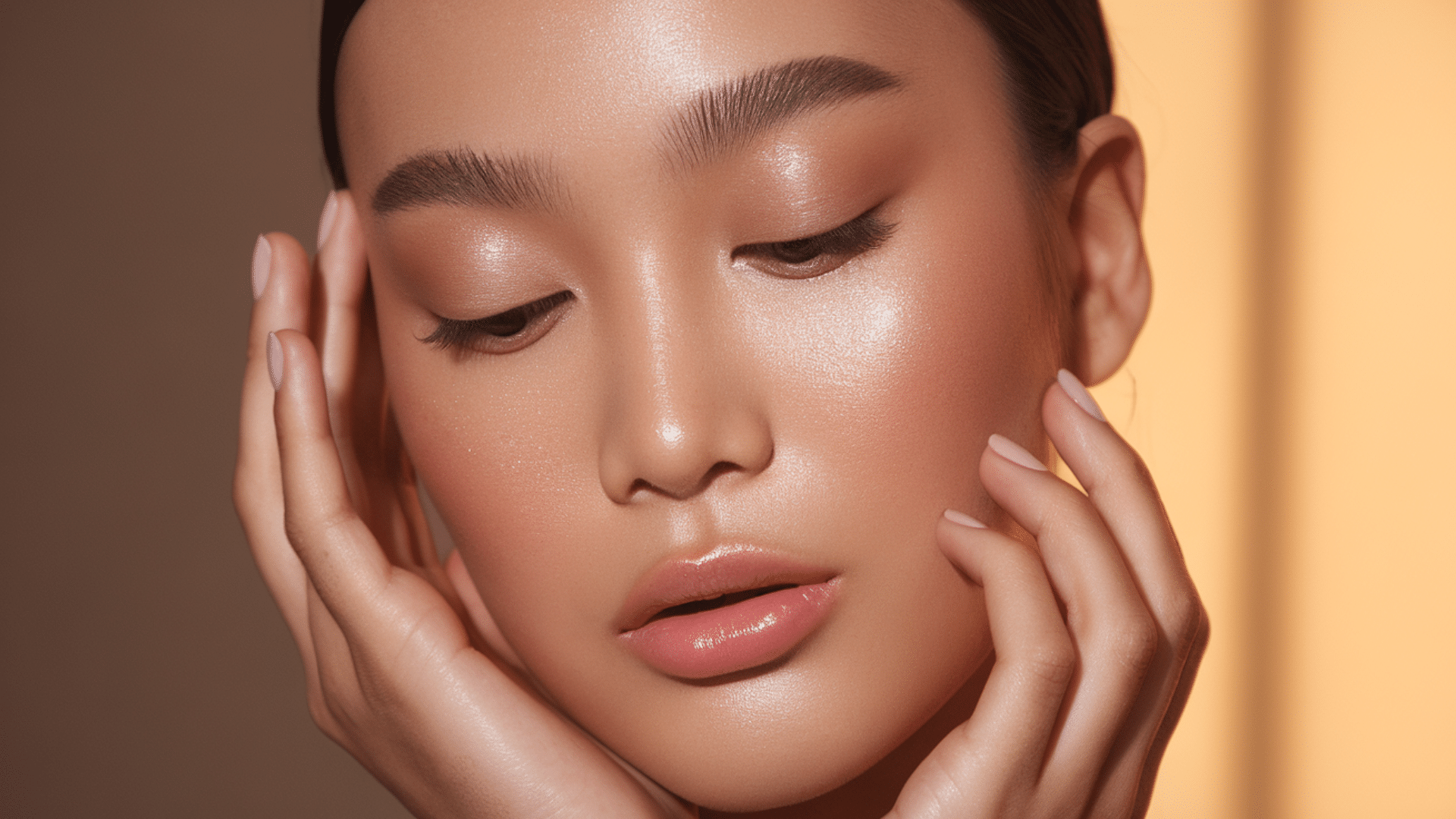
Natural makeup uses products that let skin breathe. Find foundation that matches your skin perfectly.
Blend all your makeup really well. There shouldn’t be any harsh lines. Use soft brushes and makeup sponges. These tools help spread makeup evenly.
Make your natural features look better. Don’t try to change how you look. Use just a little product. A light touch works best for the “no makeup” look. Apply foundation in thin layers.
Add more only where it’s needed. Use cream blush for a natural flush. Tinted lip balm looks more natural than heavy lipstick.
Try brown mascara instead of black for a softer look. Match your concealer exactly to your skin tone.
Interior Design
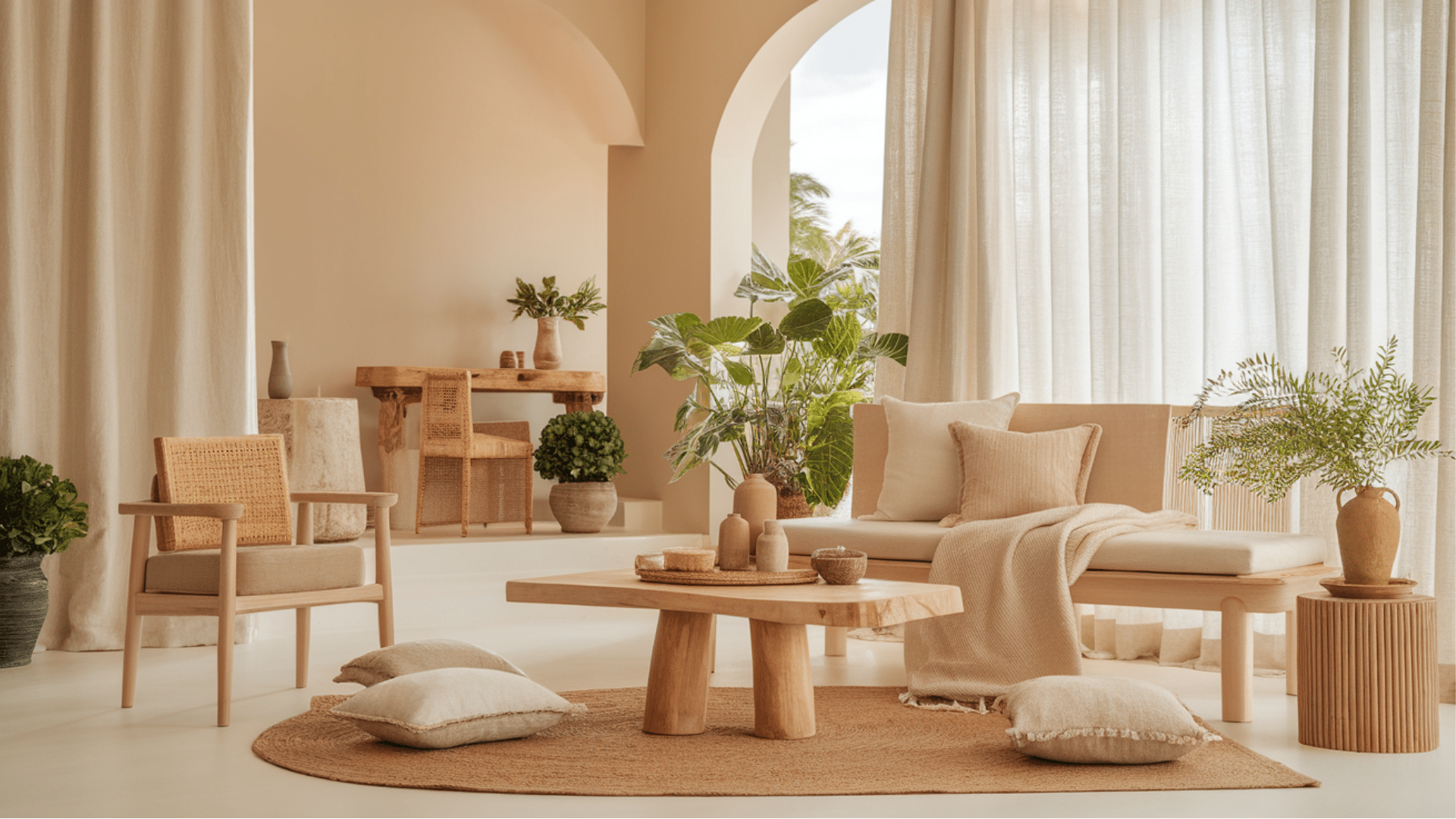
Natural home design uses materials from nature. Look for wood, stone, and cotton.
Choose colors you see outdoors. Greens, browns, and soft blues work well. Let in lots of natural light. Keep windows clean and use mirrors.
Pick furniture with simple designs. Look for pieces with natural finishes. These choices create peaceful rooms. They help your home feel connected to the natural world.
Add plants to bring nature inside. Use baskets made from natural fibers. Look for wool rugs in natural colors.
Choose cotton or linen curtains. They filter light beautifully. Avoid plastic when you can. Mix different natural textures in one room. This creates interest without being too busy.
Common Mistakes to Avoid for A Natural Finish
People make simple mistakes with natural finishes. Using too much product is a big one. This happens with wood finishes. It happens with makeup too.
Stay away from fake materials. These try to look natural but don’t. They often look cheap. They also don’t last long. Don’t skip regular care. Natural finishes need maintenance. Without it, they can look bad quickly.
Don’t rush the process. Natural finishes take time. Don’t mix too many different natural elements. This can look messy. Avoid using glossy finishes when you want a natural look.
Don’t forget to test products first. Some natural oils can change the color of wood. Some natural makeup might not work with your skin type.
Tips for Maintenance and Longevity
Keep your natural finishes looking good. Clean wood with gentle products. Take off all makeup each night. This keeps your skin healthy.
Protect natural fabrics from too much sun. They can fade in bright light. These easy habits protect natural materials. Many natural finishes actually look better as they age. But only if you take good care of them.
Oil wood furniture once a year. This keeps it from drying out. Use mild soap on natural stones. Harsh cleaners can damage it. Wash natural fabrics according to their care labels.
Store wooden items away from heaters and vents. Too much heat can cause cracking. Touch up small damage right away. This prevents bigger problems later.
Conclusion
Natural finishes create lasting beauty. They work with materials to show their best qualities. Try these ideas in your own projects. See what a difference they make.
Add your own style to these techniques. Make them work for you. We want to hear about your natural finish projects!
Share your thoughts in the comments below. Natural finishing is a skill anyone can learn. Start with small projects. Then try bigger ones as you learn more.
The natural look is always in style. It’s worth learning how to do it right.

